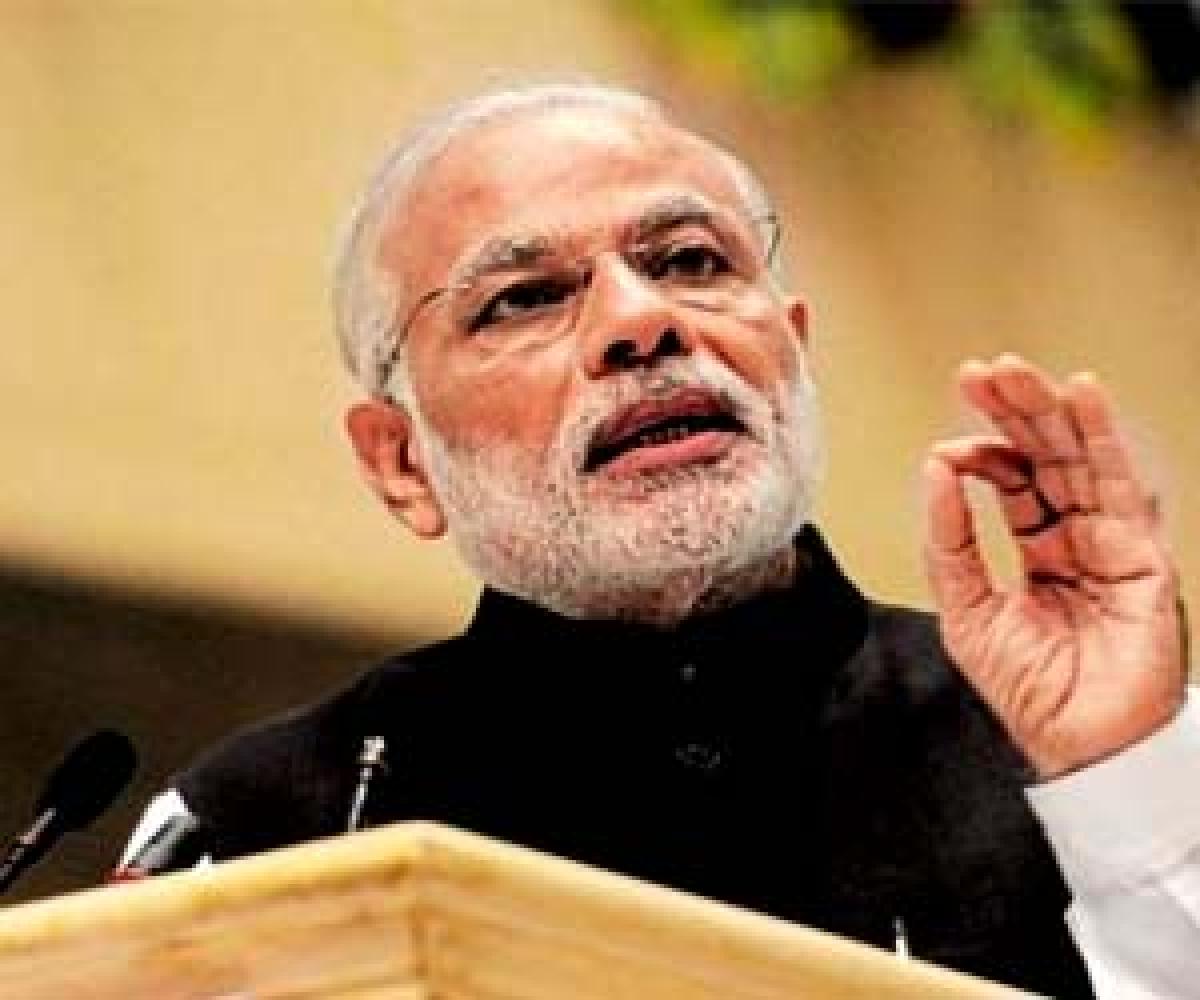Live
- GMR Airports Unveils AI-Powered Digital Twin Platform to Transform Airport Operations
- India poised to become leading maritime player: PM Modi
- Top Causes of Kidney Stones and How to Recognize Silent Symptoms
- India’s renewable energy capacity logs 14.2 pc growth at 213.7 GW
- Winter Session of Odisha Assembly adjourned sine die
- Biden calls Trump's tariff approach 'major mistake'
- After Drama Over Eknath Shinde’s Chief Minister Race, Maharashtra Cabinet Formation Faces New Tensions
- Egyptian FM, Blinken discuss recent developments in Syria
- Iran's supreme leader says Syria's developments result of US-Israeli 'plot'
- Elon Musk to Purchase $100 Million Luxury Mansion Next to Donald Trump's Mar-a-Lago, Report Reveals
Just In
India-Iran's long enduring language link: Hunooz Dilli door ast?


India and Iran\'s friendship is as \"old as history\", said Prime Minister Narendra Modi in Tehran on Monday, emphasising the social connections \"through art and architecture,
India and Iran's friendship is as "old as history", said Prime Minister Narendra Modi in Tehran on Monday, emphasising the social connections "through art and architecture, ideas and traditions, and culture and commerce". A more wider and abiding testimony to the long and close relation is through language. Ever wonder from where words like 'seb', 'sabzi', 'mez', 'dehati', 'kulfi', paneer', 'barfi', 'shaadi' and so on came?
These and several others - most colour and fruit names for instance have no 'indigenous' alternatives - while many of these words are as current in Farsi even today. 'Dehati' is as strong a term of contempt in Iran as it is in India.
And then what about words so imbued in Indian history like Peshwa (literally 'foremost' in Persian) and Nihang (crocodile)?
These cannot be dismissed as just curiosities in our language due to the influence of Urdu, which draws a large part of vocabulary from Farsi, but also due to a common cultural descent way back in history. Both nations take pride in their Aryan heritage - the prevalence of 'Aryaputras' as terms of address for royal princes in Indian epics, and Iran renaming itself so from the commonly-used Persia (in the 1930s) to stress this.
But there might have been some discord between the Aryans in India and Iran at some point - or why does 'deva' connote a good celestial being in Indian mythology and a demon in Persian, and the 'asura' have the opposite meaning (the supreme being in Zoroastrianism is 'Ahura Mazda').
Persian pervaded India from the medieval ages with some of Amir Khusrau's most famous poetry in the language. And these are still heard today, be it "Nami Danam Che Manzil Bud" (made most famous by Nusrat Fateh Ali Khan) or "Zehal-e-Mikeen" which is an early example of composite poetry with Hindi and Persian alternating: eg. "Shaban-e hijran daraz chun zulf wa roz-e waslat cho umr kotah, Sakhi piya ko jo main na dekhun to kaise kaatun andheri ratiyan..."
The use of Persian became official during the reign of Akbar the Great (1556-1605) and it must have held some appeal for a monarch, just a generation or so down from a pure Mongol-Turkish heritage, to make it a court language.
India had some prominent Persian poets like Mirza Abdul-Qadir 'Bedil' (1642-1720), and the use was so ingrained that a popular phrase till fairly recently was "Hath-kangan ko arsi kya/Pade likhe ko Farsi kya" (the first line means roughly that no mirror is needed to wear a hand ornament). Its use continued well into the 20th century - Allama Iqbal chose Persian to write "Javed-Nama", his long epic of celestial travel inspired by Dante's "The Divine Comedy".
While even Guru Gobind Singh used the language to pen his fierce condemnation of Aurangzeb and his policies ('Zafarnamah'), it is also not much known that Mirza Asadullah Khan 'Ghalib', the most famous Urdu poet ever, initially used to write in Persian and only switched to Urdu at the urging of Emperor Bahadur Shah 'Zafar'. Musha'irahs were held for both Persian and Urdu poetry till 1857.
Even after Persian was replaced by Urdu as the language of administration, it continued to be needed - basic proficiency in Persian was once needed to qualify for Uttar Pradesh's Provincial Civil Service (Judicial) and it is still is a subject for the state PCS exam.
And the India-Iran cultural exchange was not only one way. 'Pehlwan', that embodiment of masculine strength, is held to derive from the Hindi 'Balwan'!

© 2024 Hyderabad Media House Limited/The Hans India. All rights reserved. Powered by hocalwire.com






